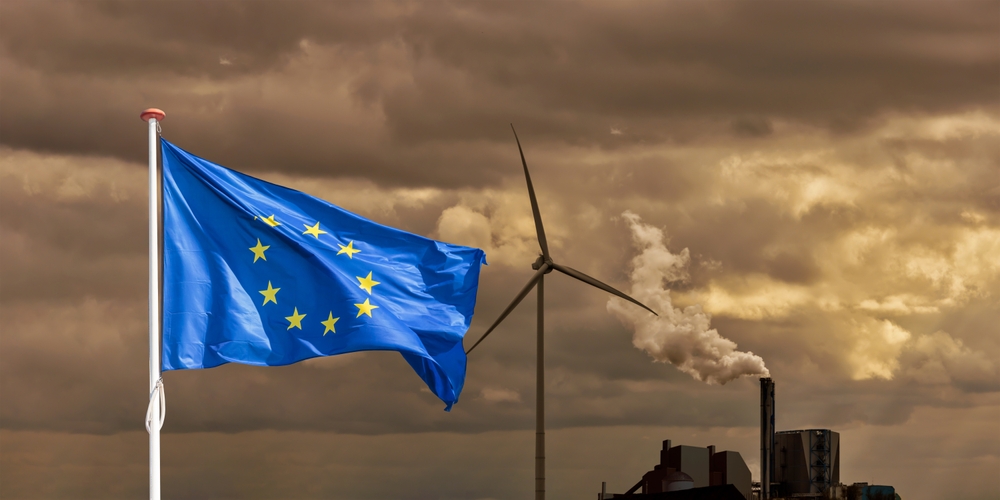The Green Deal Support Office (GDSO) will discuss how 73 EU-funded research initiatives are accelerating Europe’s green transition through integrated systems, from bushfire management to circular economy transformation.
As climate change accelerates and Europe pledges to become the world’s first climate-neutral continent by 2050, the European Union has invested over €1 billion through GDSO in 73 research and innovation projects aimed at providing concrete solutions to the climate and biodiversity crisis.
Unlike traditional research programs, which are often limited to academic publications, these efforts are clearly structured to demonstrate scalable and replicable solutions that can be implemented across the European region and beyond.
The GDSO portfolio represents a fundamental change in the way Europe approaches research and innovation. A move from theoretical research to comprehensive empirical evidence that links technological innovation, policy frameworks, and local implementation support.
This ecosystem approach is already producing tangible results across climate change adaptation, wildfire management, energy systems, the circular economy, and biodiversity restoration. Below we highlight some successful GDSO projects that address food waste, energy storage and hydrogen production to accelerate the EU’s green transition.
Circular economy: turning waste into local economic assets
The EU’s circular economy target (double the circular rate from 12% to 24% by 2030) requires demonstrating that sustainability drives profitability. The GDSO project proves this on a regional scale.
Agro2Circular addresses two large waste streams. 40% of food waste comes from the fruit and vegetable sector, while millions of tonnes of multilayer plastic films from agriculture end up in landfills or incinerators.
The project, which operates primarily in Spain’s Murcia region with replication sites in Italy and Lithuania, has developed a breakthrough technology to transform agricultural waste and agricultural plastics into valuable new products. More than 40 partners from the private sector, public sector and academia are working together to create a truly circular local ecosystem where waste becomes the raw material for new value chains.
The importance of this goes beyond just reducing waste. Agro2Circular shows that the implementation of a circular economy requires regional systemic solutions that involve the entire local value chain, from waste collection to processing and manufacturing of new products. By engaging citizens and industry in a co-creation process, the project will build a scalable model that can be replicated in other parts of Europe, transforming sustainability from theory to profitable practice.
CIRCULAR FOAM is compatible with high-performance plastics such as rigid polyurethane foams, which are widely used in refrigerators, building insulation, and industrial applications. At the end of their useful life, these products typically become waste.
The project demonstrates a systematic circular solution across three European industrial regions (Germany, Poland and Spain) and brings together 32 beneficiaries, including key industry players such as Covestro, universities and local authorities.
Through chemical recycling and cross-sector collaboration, this project will create an entire circular value chain that keeps complex materials in circulation indefinitely. CIRCULAR FOAM has established a “circularity hub,” a regional ecosystem where stakeholders collaborate to transform linear industrial processes into circular ones.
The project’s scenario workshops bring industry, academia and local authorities together to design circular systems and demonstrate that environmental sustainability can promote rather than hinder competitiveness.
Energy storage: infrastructure for renewable energy integration
As renewable energy generation increases, energy storage becomes critical infrastructure. Another GDSO project, StoRIES (Storage Research Infrastructure Ecosystem), brings together 32 beneficiaries in 17 countries, including technical institutes, universities and industrial partners, to create Europe’s largest energy storage research network.
Members of the European Energy Research Alliance and the European Association for Storage of Energy form this world-class ecosystem, demonstrating how access to coordinated infrastructure accelerates innovation more effectively than organized efforts.
The project will provide researchers with subsidized access to 64 major research infrastructures covering all five energy storage technologies: electrochemical, chemical, thermal, mechanical, and superconducting magnetic storage.
The project will make energy storage more competitive and cost-effective by optimizing hybrid energy systems and developing innovative materials.
Clean energy innovation: from green hydrogen to community solar
The GDSO Clean Energy Working Group is comprised of 16 projects demonstrating renewable energy integration, hydrogen production, and energy access solutions.
Project ENERGICA is an example of international cooperation, building Africa’s first electricity distribution station in Kenya, while introducing innovative nanogrids in rural Madagascar and efficient biogas systems in Sierra Leone.
Working with 11 African and 17 European partners, this project shows that energy access solutions need to be co-created with local actors through participatory methodologies, rather than being imposed as top-down technical fixes.
The project addresses productive use systems, regional renewable value chain development and e-mobility while providing grid flexibility services. By focusing on local manufacturing and workforce development, ENERGICA ensures that solutions deliver lasting economic benefits for local communities, not just access to energy.
GreenHyScale represents Europe’s ambitious commitment to large-scale green hydrogen production. This €30 million project will build the world’s first 100 MW green pressurized alkaline electrolysis plant in Greenlab, Denmark. The project aims to reduce capital costs to less than 400 euros per kilowatt and hydrogen production costs to less than 2.85 euros per kilogram.
GreenHyScale addresses the major bottleneck that current electrolyser production is insufficient to meet the EU target of 40 GW capacity by 2030. By demonstrating factory-assembled, pre-tested modules with a standardized design, this project will enable the rapid scale-up needed to make green hydrogen cost-competitive with fossil fuels.
Integrated systems for complex challenges
The GDSO portfolio shows that tackling the green transition requires more than technological innovation. Solutions must integrate technology, policy, governance, finance, and stakeholder engagement, while taking into account local context, equity considerations, and implementation capacity.
The GDSO model provides valuable insights for researchers, policy makers, and practitioners around the world facing similar challenges. This means investing in demonstration as well as research, funding implementation support as well as innovation, creating dialogue platforms for stakeholders, and building projects as ecosystems where success in one area supports progress in others.
Source link

